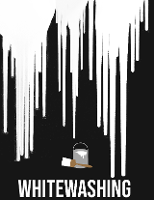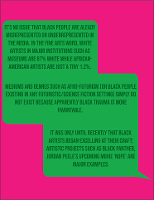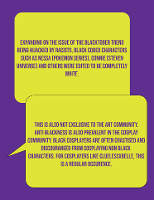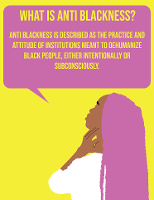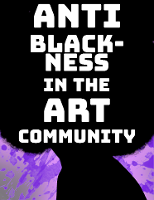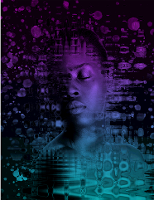Department of Fine and Performing Arts
Damon Fox
Anti-Blackness in the Art Community
Thesis Statement
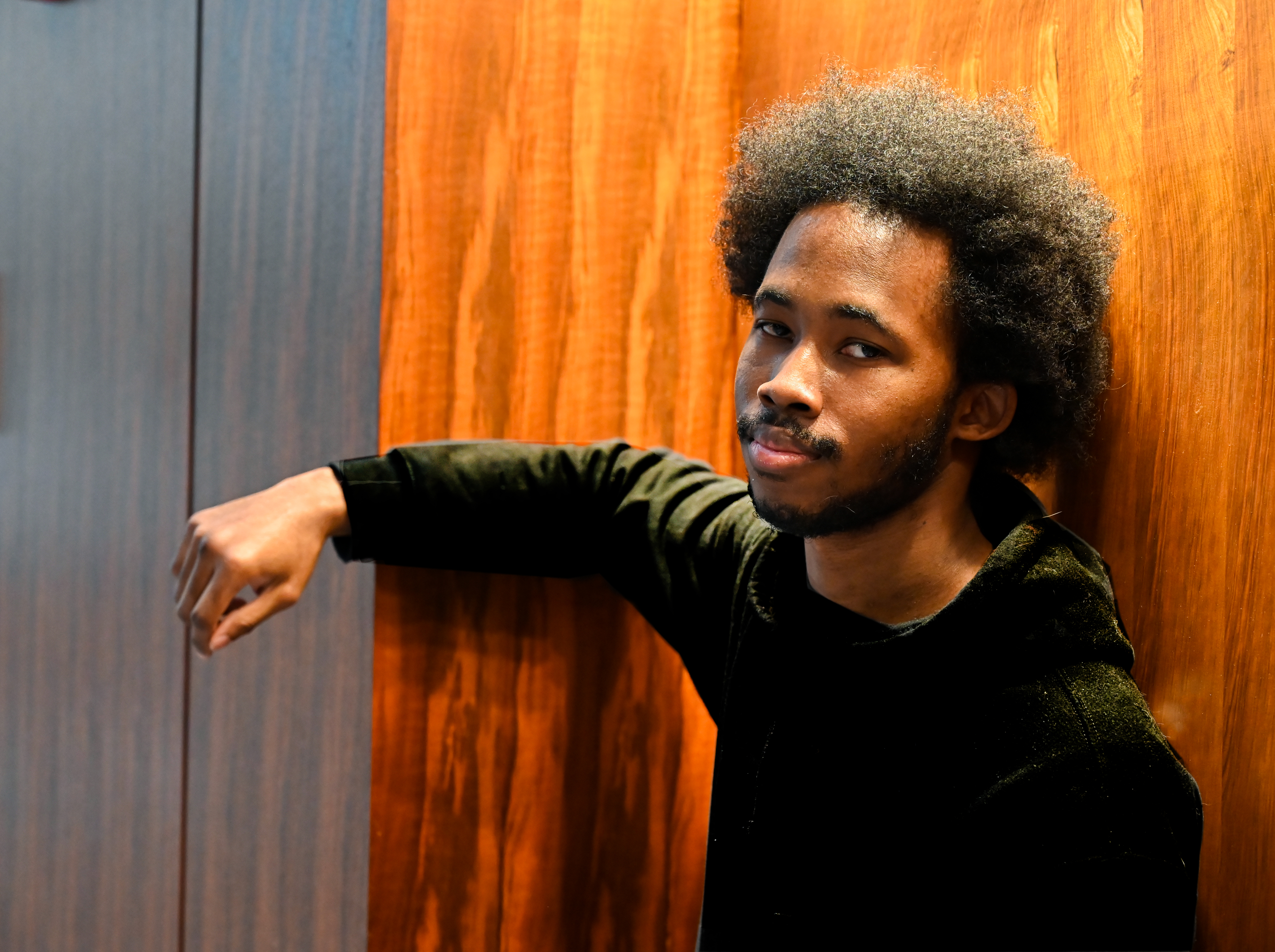 My Senior Thesis is going to talk about the various struggles and hardships that black artists have to go through any time they want to interact with their community online. It’s well documented how marginalized professional artists in the industry are, but what about the amateur artists who have just begun to learn their craft and are ready to share their art with the online world? For the average black artist, they have to deal with their work being whitewashed or have their works being outright excluded because they were “drawn too dark”. The purpose of my senior thesis is to highlight how hard it is for black people to exist in any given online space (not just the art community, but this is an issue that affects the cosplay community, content creation community, etc) as well as figure out any possible solutions that can help them thrive in said spaces.
My Senior Thesis is going to talk about the various struggles and hardships that black artists have to go through any time they want to interact with their community online. It’s well documented how marginalized professional artists in the industry are, but what about the amateur artists who have just begun to learn their craft and are ready to share their art with the online world? For the average black artist, they have to deal with their work being whitewashed or have their works being outright excluded because they were “drawn too dark”. The purpose of my senior thesis is to highlight how hard it is for black people to exist in any given online space (not just the art community, but this is an issue that affects the cosplay community, content creation community, etc) as well as figure out any possible solutions that can help them thrive in said spaces.
- Major and Concentration: VCDMA - Advertising Design
- Senior Thesis Website
My Senior Thesis is about the struggles and hardships that the black artists community have to deal with anytime they simply have to exist in a white majority art space. I wanted to address issues such as white washing, black erasure, excluding entire artworks because of them being “too dark” and how difficult it is for black people to exist even in their own spaces. I decided that the best way to address this was to make a simple zine that can address or highlight all of these issues; I drew inspiration from my previous zines that dealt with social and political issues, and also on the works and guidance of former Professor Jennifer White Johnson, where most of my knowledge about zines comes from. The processes and workflow I used to create this project wasn’t easy, as there were too many ideas for a 10-page zine but ultimately, I went with a minimalistic but colorful approach. My subject was based solely on, and around black people and I wanted that to be reflected on my zine; I decided that any person featured in my zine, references or not would be exclusively black. My area of focus was graphic design, so I decide that I mainly stick to using Photoshop for the cover, content page and back cover, while using Illustrator’s vector tools for the overall design and typography of the zine. I then put the whole thing together using a mix of Photoshop’s artboard tools and InDesign’s page editing features.

